Is anyone here doing any native plant restoration gardens?
prairiemoon2 z6b MA
2 years ago
last modified: 2 years ago
Featured Answer
Sort by:Oldest
Comments (39)
Related Discussions
Orlando Native Plant Lover - any others?
Comments (1)Here I is. I'm a serious butterfly/hummingbird gardener. There are others in the area. I have both native and non-native plants. We are planting a native butterfly area in Lake Louisa State Park (just south of Clermont on hwy 27.) Wanna help? I plan to visit a native plants nursery called Environmental Equities next week to buy some Paw Paws and other plants. Let me know if I can pick up something for you....See MoreConnecticut: Gardening with Native Plants
Comments (15)Pondlily - for seedlings and small vines, they are usually easy to pull up. For larger vines that are climbing up trees, I cut them at the base and apply a woody brush killer, such as Brush-B-Gone concentrate, as quickly as possible after cutting. I use a sharp folding saw, rubber garden gloves, and a squeeze bottle of herbicide. Some people make a 2nd cut at chest height or so, so they can easily see which vines have already been cut. After cutting, the large vines can be left in place to die. They will eventually rot and fall down from the trees. In the case of vines on smaller trees/shrubs that I can easily reach, I will usually unwind and remove the vines. Supposedly, late summer/fall are the best times to apply herbicide to woody invasives, because they are transferring energy to the roots at that time. Regular mowing will eventually kill a patch of Bittersweet too. There are probably a zillion seeds out in my yard so it will still be sprouting for years, I'm sure. The link below is to a Document by the Nature Conservancy on managing Bittersweet. Here is a link that might be useful: Celastrus orbiculatus...See MoreGuidance on neophyte's native plant restoration garden
Comments (14)In a site this small, don't overlook the option of hand pulling some weeds and placing seedlings or transplants to add new species. I have a couple of smallish patches of weed-rich meadow that also include some desireable plants. To encourage the good plants, after a rain I go out and pull weeds that are crowding desirable plants. I don't try to eliminate all the weeds, instead just try to give the good plants room to grow and try to eliminate any weed that will really become a long-term problem. Weeds in this category include Canada Thistle, Crown Vetch, Spotted Knapweed, Garlic Mustard, and if I had any, definitely Japanese Knotweed. Most other weeds I pull only if they are crowding desireable plants. When I add a new species I generally start the seeds in six packs, then place seedlings. I find a spot that is all or mostly weeds, clear the weeds, and plant a patch of seedlings spaced appropriately for mature plants. Sometimes I mulch around the seedlings. Each year that goes by I get more and larger desirable plants and fewer weeds. This approach to establishing a prairie wouldn't work on a large scale but should be fine for 2500 square feet....See MoreIs anyone doing any indoor gardening this winter?
Comments (11)I did Tiny Tims last year and they worked out great. I started around the end of January in the basement under lights and then moved them into a sunny window in March. They got a bit leggy in the window since they weren't getting full sun. But I did harvest a couple of quarts of tomatoes off of them by summer. This year I started Tiny Tim, Red Robin, Yellow Canary, and Micro Tom on January 1st. I also started some basil and parsley, some lettuce and spinach, and some dwarf cucumbers that are supposed to be okay for indoor gardens. The spinach is unhappy and the cucumbers are growing very slowly, since the basement is pretty cool for them. Everything else is doing well. The tomatoes are an inch or two high and have 3-4 leaves besides the seed leaves. The only problem is that I have 16 plants and will be hard-pressed to find window space for them all, along with everything else. Mike...See Moreprairiemoon2 z6b MA
2 years agolast modified: 2 years agoLaLennoxa 6a/b Hamilton ON
2 years agowoodyoak zone 5 southern Ont., Canada
2 years agolast modified: 2 years agoprairiemoon2 z6b MA
2 years agolast modified: 2 years agoSkip1909
2 years agoprairiemoon2 z6b MA
2 years agoLaLennoxa 6a/b Hamilton ON
2 years agoSkip1909
2 years agolast modified: 2 years agoprairiemoon2 z6b MA
2 years agolast modified: 2 years agoprairiemoon2 z6b MA
2 years agolast modified: 2 years agoJay 6a Chicago
2 years agoprairiemoon2 z6b MA
2 years agoSkip1909
2 years agolast modified: 2 years agoAnna (6B/7A in MD)
2 years agoprairiemoon2 z6b MA
2 years agoprairiemoon2 z6b MA
2 years agolast modified: 2 years agoprairiemoon2 z6b MA
2 years agolast modified: 2 years agoprairiemoon2 z6b MA
2 years ago
Related Stories
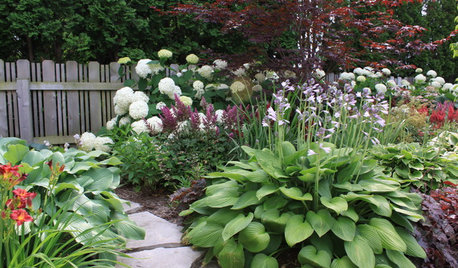
MOST POPULARSpring Gardens Are Blooming — Here’s What to Do in April
Get the guide you need for gardening in your U.S. region, with tasks, climate-appropriate plantings and more
Full Story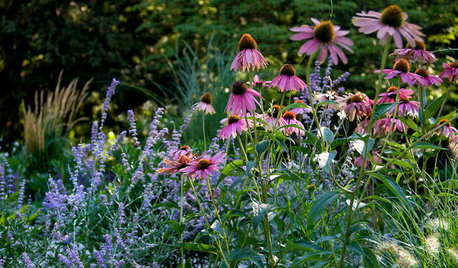
MOST POPULAREnjoy Your Summer Garden — Here’s What to Do in July
Our July gardening guides take the guesswork out of summer watering, pruning and planting. See our tips for your U.S. region
Full Story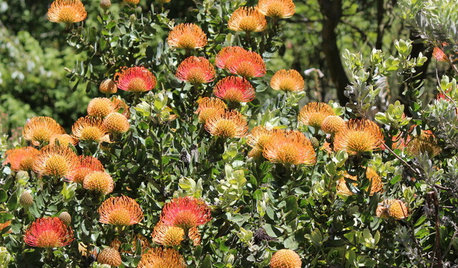
GARDENING GUIDESKeep Your Cool in the Garden — Here’s What to Do in August
Don’t let summer’s heat go to your head. These U.S. gardening guides will help you make sensible choices for all of your plantings
Full Story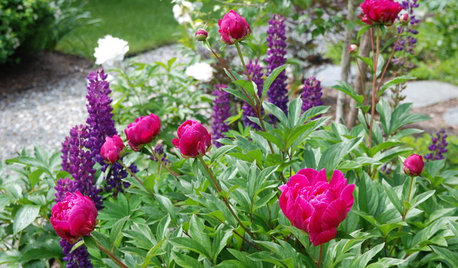
REGIONAL GARDEN GUIDESDelight in Summer’s Garden Glories — Here’s What to Do in June
Wherever you live in the United States, these guides can help you make the most of your summer garden
Full Story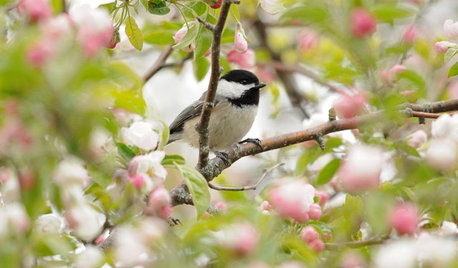
SPRING GARDENINGSpring Gardens Are Waking — Here’s What to Do in March
Excitement fills the air when gardens come back to life. These guides will help you make the most of yours
Full Story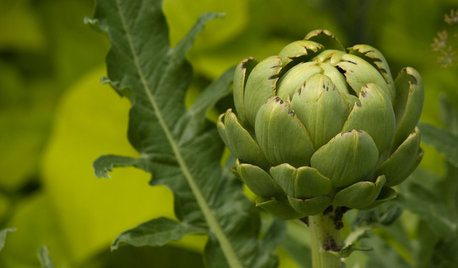
GARDENING GUIDESYour Garden Is Stirring — Here’s What to Do in February
February is a good time to start seeds, shape up shrubs and watch for the earliest blooms. Here’s what to do in your part of the U.S. now
Full Story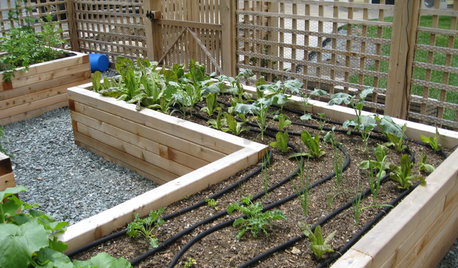
SPRING GARDENINGEnjoy the Peak of Spring Gardening — Here’s What to Do in May
Bid the frost farewell and treasure the blooms. No matter what U.S. region you’re in, one of these guides will help your garden flourish
Full Story
GARDENING GUIDESDo You Have This Invasive Plant in Your Yard?
Garlic mustard is spreading across the U.S. Here’s how to spot it and what to do
Full Story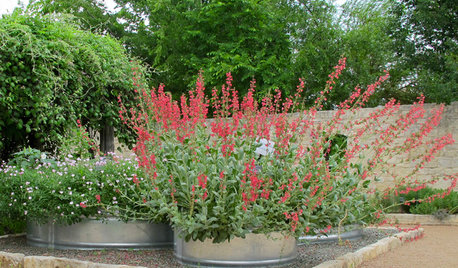
GARDENING GUIDESYou Can Make Space for Native Plants in Any Landscape
Using native species brings ‘terroir,’ or local flavor, to your garden and contributes to healthy wildlife relationships
Full Story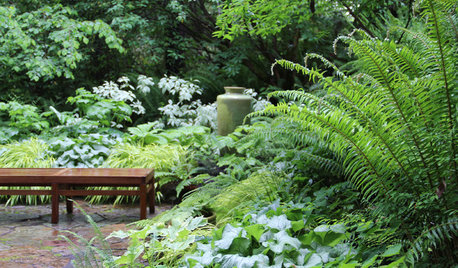
GARDENING GUIDES9 Top Native Plants for Beginning Gardeners
When you’re just starting out, choose easy-to-grow natives like these adapted to your area
Full Story



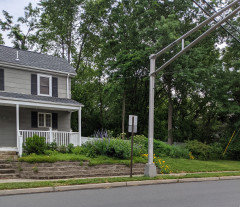
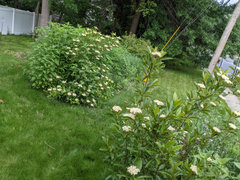


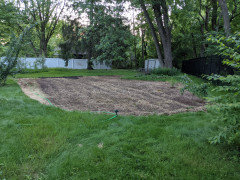

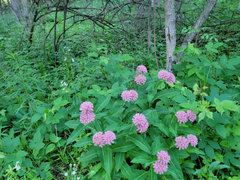


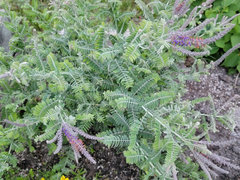
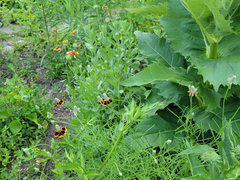
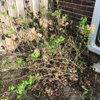

woodyoak